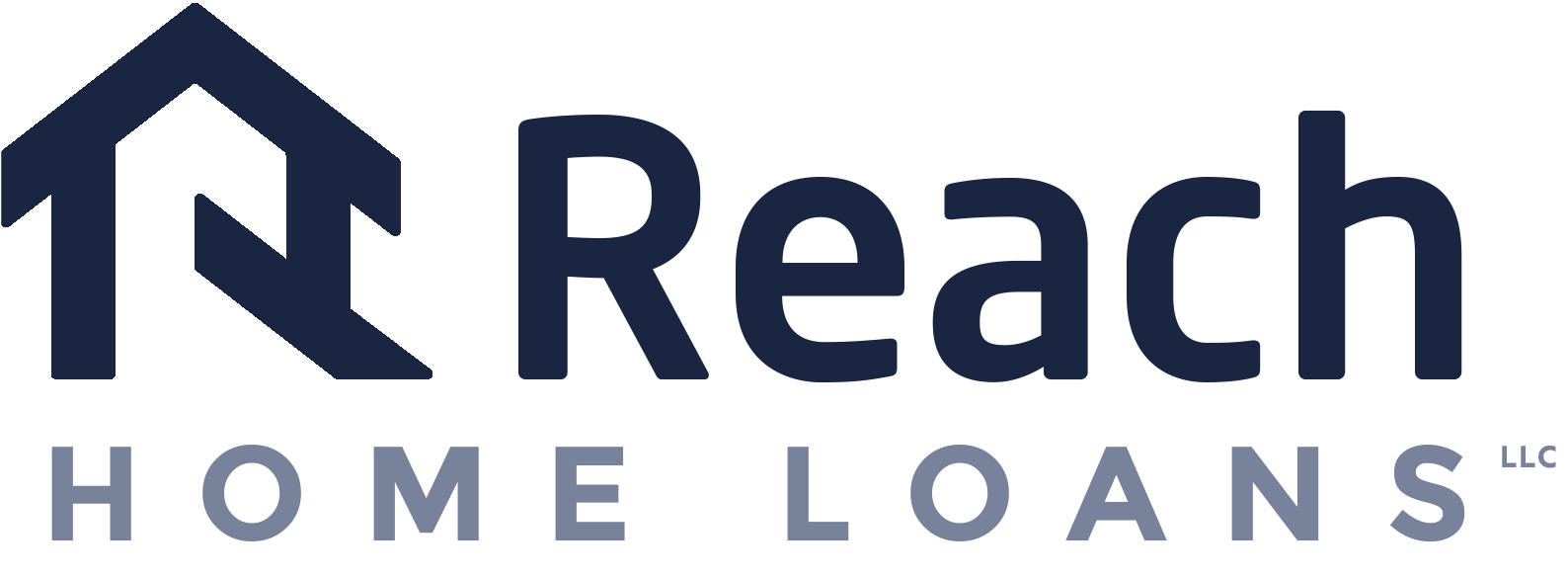Conventional Mortgage Loans: Your Overview to Traditional Home Funding
Conventional Mortgage Loans: Your Overview to Traditional Home Funding
Blog Article
The Necessary Elements to Consider When Deciding On Between Fixed-Rate and Variable-rate Mortgage Financings
When examining home mortgage options, debtors encounter a critical choice in between fixed-rate and adjustable-rate finances, each presenting unique benefits and possible challenges. Secret considerations such as rate of interest security, predictability in month-to-month payments, and the implications of possible rate modifications can dramatically impact long-term monetary health and wellness. In addition, recognizing the awaited duration of homeownership and the total expense of loaning can form one's strategy. As these variables intertwine with private monetary circumstances and run the risk of resistance, the ramifications of this option might not be as simple as they seem. What nuances should be prioritized in this important decision-making procedure?
Rates Of Interest Security
When choosing a mortgage, understanding rate of interest security is critical for notified decision-making. Rate of interest can considerably impact the total expense of a home mortgage, and identifying the nature of these prices is necessary for customers. Fixed-rate home mortgages provide the advantage of constant monthly repayments over the life of the finance, shielding consumers from market variations. This security makes it possible for home owners to intend their finances with better certainty, as they will not be impacted by rising rates of interest.
On the other hand, variable-rate mortgages (ARMs) begin with lower preliminary prices that might transform regularly based on market conditions. While this can cause reduced payments initially, it additionally presents unpredictability, as borrowers may face boosted repayments if passion prices climb. For those considering an ARM, it is important to analyze the chance of price adjustments, the possibility for payment increases, and the size of the first fixed-rate duration.
Inevitably, the selection in between adjustable-rate and fixed-rate mortgages hinges on individual danger tolerance and economic circumstances. Understanding interest rate stability aids borrowers make informed choices that align with their long-term economic goals.
Regular Monthly Repayment Predictability
While borrowers typically focus on rate of interest security, the predictability of regular monthly payments is equally essential in the mortgage selection procedure (Conventional mortgage loans). Monthly repayment predictability plays a crucial function in budgeting and monetary preparation, as it straight impacts a house owner's cash money flow and overall monetary health and wellness
Fixed-rate home loans supply a consistent monthly repayment throughout the life of the funding, enabling debtors to expect and plan their expenses successfully. This stability can be particularly helpful for newbie homebuyers or those on a fixed earnings, as it gets rid of the unpredictability related to rising and fall settlements.
Conversely, variable-rate mortgages (ARMs) normally include lower preliminary settlements that can transform over time, leading to possible variability in month-to-month responsibilities. While initially enticing, this unpredictability can make complex monetary planning, especially if debtors do not account for future rate modifications.
Possible Rate Changes
In the realm of variable-rate mortgages (ARMs), potential price adjustments stand for a substantial element that consumers should thoroughly consider. Unlike fixed-rate home mortgages, where the rates of interest stays unchanged for the life of the lending, ARMs are identified by fluctuating rate of interest prices that are tied to market indices. This irregularity can bring about significant adjustments in month-to-month repayments, influencing the consumer's economic preparation and budgeting.
Usually, ARMs have a preliminary fixed-rate duration throughout which the passion rate is stable. After this duration, nonetheless, the price readjusts at predetermined intervals-- typically every year. Debtors have to know the margin and index used to calculate these adjustments, as they directly affect future rates of interest. Furthermore, ARMs usually consist of caps that restrict just how much the passion rate can boost at each change and over the life of the finance, which can offer some level of protection versus radical price walkings.
Recognizing these prospective modifications is vital for borrowers, as they straight impact long-lasting payment commitments. Therefore, examining individual monetary circumstances and risk tolerance is crucial when making a decision whether an ARM aligns with one's economic goals.
Lending Term Considerations
Lending term considerations play an essential function in the decision-making process for consumers selecting in between fixed-rate and adjustable-rate mortgages. The size of the loan term considerably influences monthly repayments, rate of interest, and general economic preparation. Fixed-rate home mortgages usually use terms of 15 to thirty years, offering security in regular monthly repayments and predictability in budgeting. This can be especially appealing for consumers who intend to stay in the exact same home long-lasting and prefer the certainty of set repayments throughout the life of the loan.

Inevitably, consumers have to analyze their personal conditions, monetary goals, and market problems when evaluating the ramifications of financing term options within each mortgage kind.

Overall Expense of Borrowing
Fixed-rate mortgages use predictable monthly settlements, as the passion rate stays consistent throughout the lending term. This predictability can lead to reduced total prices, particularly in a secure or decreasing interest rate environment.
On the other hand, adjustable-rate home mortgages (ARMs) typically start with lower preliminary prices, causing reduced in advance expenses. These prices can raise after an initial period, leading to potentially higher lasting costs. Debtors must think about the regularity and degree of price adjustments, as well as the total car loan duration, to precisely evaluate the monetary ramifications.
In addition, the total cost of borrowing encompasses not only rate of interest yet likewise charges and other associated costs, such as closing costs and insurance coverage (Conventional mortgage loans). As a result, when reviewing home mortgage options, borrowers should conduct a thorough expense evaluation over the life of official statement the lending. By doing so, they can make an enlightened decision that lines up with their economic objectives and risk tolerance
Conclusion
In final thought, selecting between adjustable-rate and fixed-rate home loan necessitates cautious consideration of several vital factors. Passion rate stability and monthly repayment predictability are paramount for effective budgeting, while the possibility for rate adjustments in ARMs presents financial uncertainty. In addition, the anticipated duration of homeownership and the total cost of borrowing, consisting of rates of interest and connected fees, should straighten with individual monetary conditions and run the risk of resistance. i was reading this Such a thorough analysis will certainly help with educated decision-making in mortgage choice.
Trick factors to consider such as rate of interest price stability, predictability in month-to-month payments, and the effects of possible price changes can considerably impact long-lasting monetary health. Interest prices can dramatically influence the overall price of a home mortgage, and recognizing the nature of these prices is essential for borrowers. Unlike fixed-rate mortgages, where the passion price stays the same for the life of the financing, ARMs are identified by rising and fall rate of interest rates that are tied to market indices. Furthermore, ARMs commonly consist of caps that restrict how a lot the interest rate can increase at each change and over the life of the financing, which can provide some level of Going Here security against drastic price walks.
Rate of interest rate security and regular monthly payment predictability are paramount for efficient budgeting, while the potential for price modifications in ARMs introduces monetary uncertainty.
Report this page